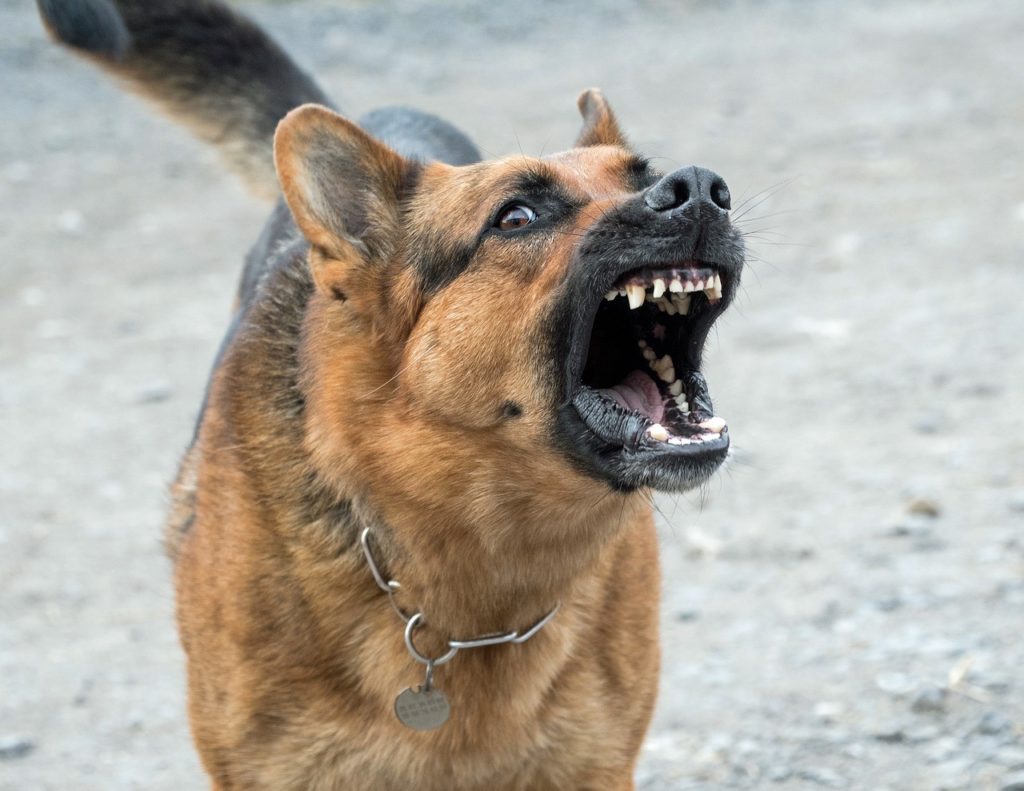How Often Should You Train Your Dog?
Whether you have a young puppy or a senior rescue, it’s important to put together a training plan that you can stick to. Sporadically training your pooch whenever you remember isn’t going to cut it. In order for your dog to properly learn, training needs to be done regularly.
However, this leads to the big question: how often should you be training your dog? Some say multiple times a day while others swear by two or three sessions a week. Which is the best way forward? Read on to find out.
Starting with the Basics
A dog’s brain needs to adapt to training. It’s not something that a dog will take to automatically. Dogs naturally have short attention spans, and it’s up to you to slowly build on this.
How?
By starting with very short yet frequent training sessions. At this stage, the command that you’re trying to teach isn’t too important. Instead, you need to encourage your dog to focus on you. Get them into the habit of learning, even if this is only in short, 30-second bursts.
Daily Training vs Weekly Training
Now for the big debate. Once your dog has gotten into the habit of being trained, how often should you really be working with them?
You’re not the only one wondering this – researchers have actually conducted experiments into this. The answer? Dogs that were trained one to two times a week ended up picking up new commands faster than dogs that were trained daily.
That said, the difference wasn’t too significant. After four weeks, all of the dogs had learned the command that was being taught to them, whether they were trained weekly or daily.
Keep in mind that the dogs used in this study were beagles, and the behavior that was being taught was the “place” command. So, these results don’t apply to all dogs. Some breeds with shorter attention spans will need more training sessions, whereas others will need less.
The command that you’re teaching will also dictate how often you should train. Something basic, like “sit”, can be practiced throughout the day, whereas something more complicated that needs to be broken down into multiple steps, such as “place”, will take more of a mental toll on a dog. As a result, it’s better for training sessions to be more spaced out.
How Long Should Each Training Session Last for?
As mentioned, when you first start training, keep sessions short and sweet. You should ideally be ending each session before your dog starts to lose interest, rather than after.
To start with, this could mean that each training session is just 30-60 seconds long. However, slowly increase duration each time you train, and your dog’s brain will soon adapt to this.
As you start to progress with your training, you’ll be able to work with your dog for 5-15 minutes at a time. Avoid going over this, as it’s very difficult for a dog to concentrate for so long.
Giving Your Dog Plenty of Downtime
Learning new commands can be mentally strenuous for a dog. So, to prevent them from feeling too stressed out and overworked, make sure that they have plenty of downtime too.
In addition to training your dog, the two of you should also be spending time doing relaxing things together. From walks to play sessions to simply cuddling on the sofa, it’s vital for you to teach your dog how to relax and have fun, in addition to working hard.
Real Life Training Opportunities
While structured training sessions are important, don’t miss out on all of those real life training opportunities too. Ready to feed your dog their morning meal? Ask for a “sit” and a “stay” before you put their bowl down. Or, perhaps you’re getting ready to take your dog for a walk? Ask for a “sit” and a “watch” or “touch” before heading out the door.
This way, you’re using real life moments as rewards, which can help a dog to learn even faster.
Summary
While a training routine can be extremely helpful, don’t forget that all dogs learn at their own pace. It’s important to keep this in mind while you’re working with your dog. Sure, your poodle puppy may have picked up all of the basic commands in just a few weeks, but your rescued senior mastiff might need a little more time to learn. Adapt to your dog’s individuality for the best results when it comes to training.



